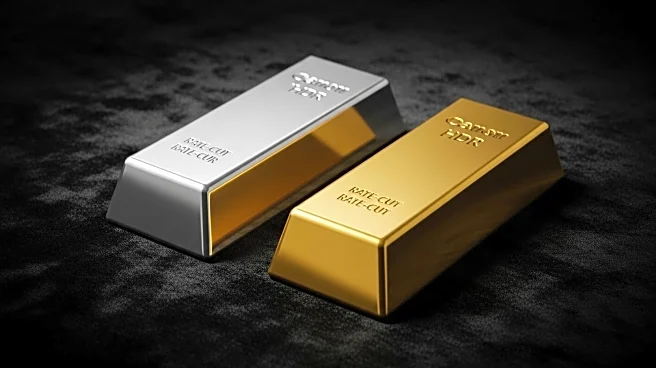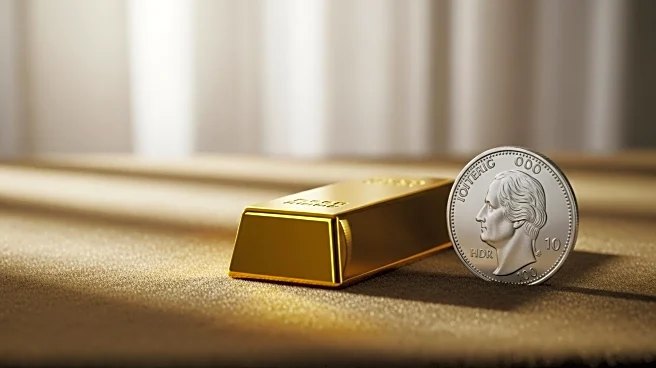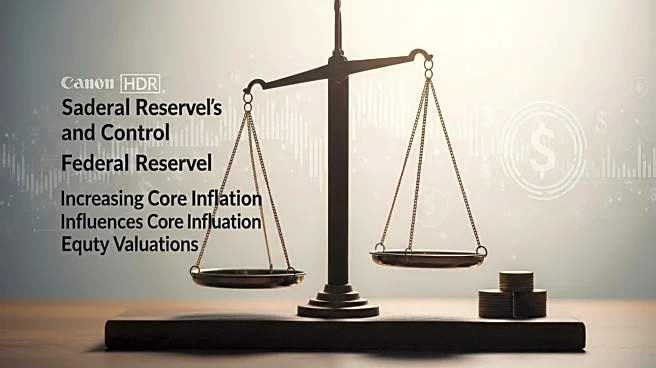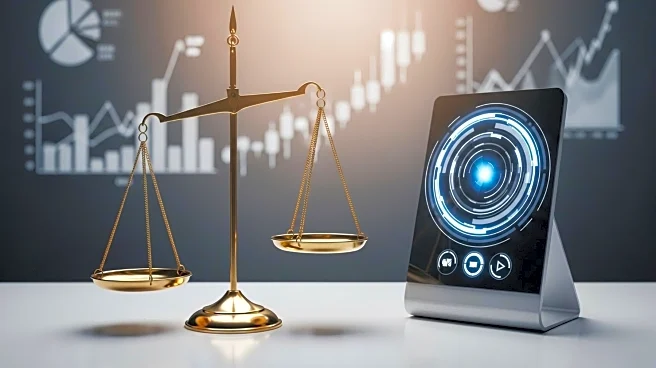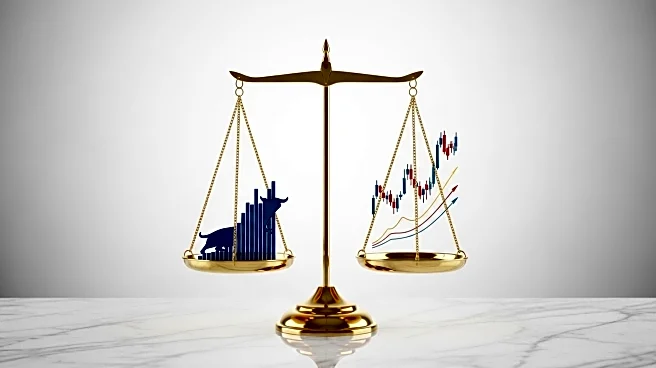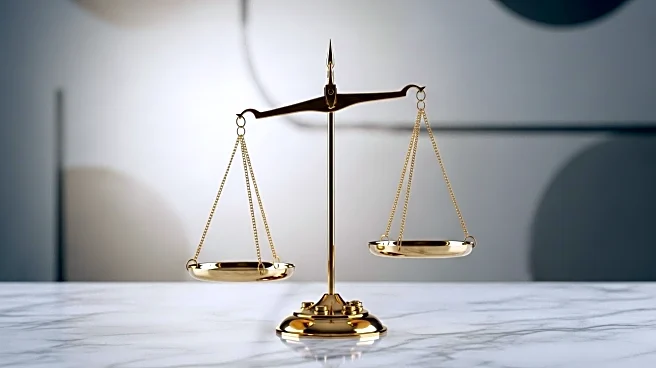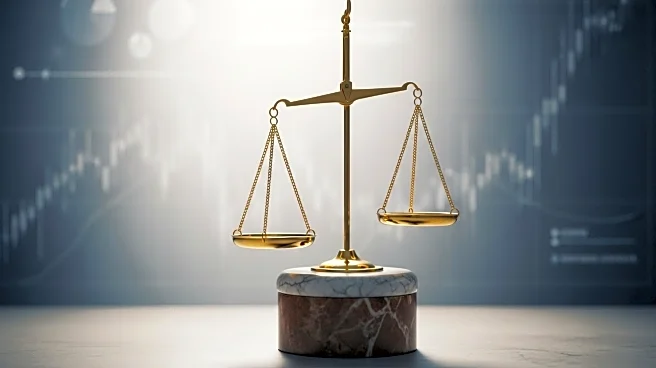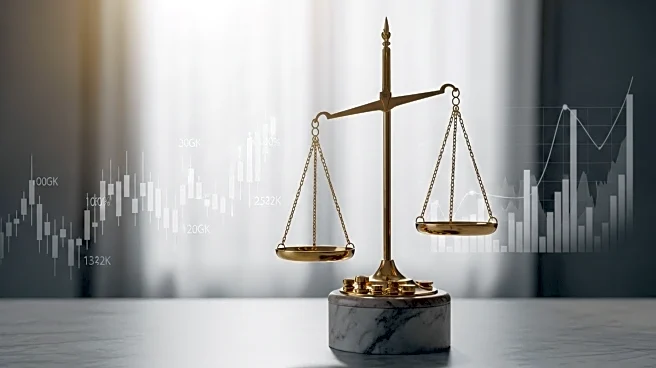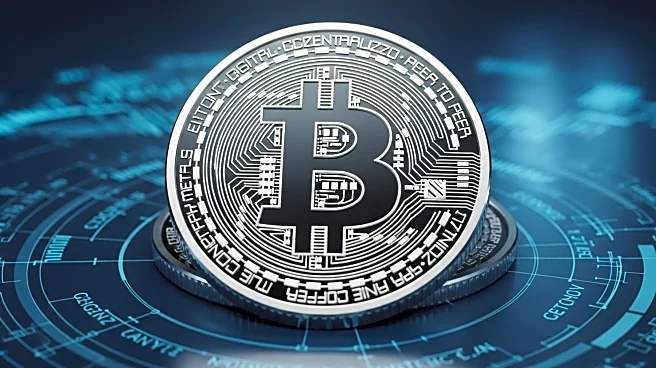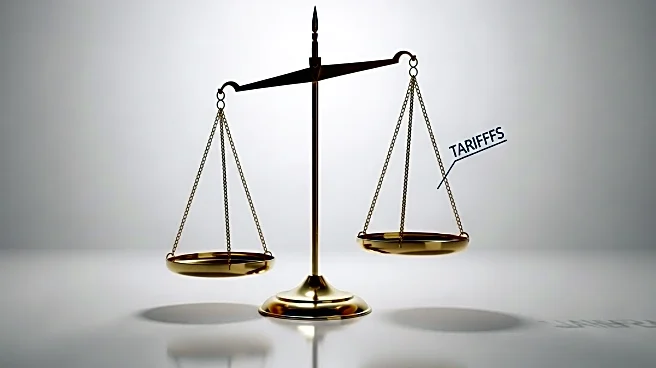What's Happening?
Silver and gold prices have surged as market expectations grow for a Federal Reserve interest rate cut in September 2025. Silver prices have risen above $40 an ounce for the first time since 2011, marking a 40% increase this year. Gold has also seen significant gains, nearing its all-time high of over $3,500 an ounce. The anticipation of a rate cut by the Federal Reserve has fueled a multiyear bull run in the precious metals market, with both gold and silver more than doubling in value over the past three years. This trend is driven by the belief that lower interest rates will enhance the appeal of non-yielding assets like precious metals.
Why It's Important?
The potential rate cut by the Federal Reserve is significant as it could have widespread implications for various sectors of the U.S. economy. Lower interest rates typically reduce borrowing costs, which can stimulate consumer and business spending. This, in turn, can lead to increased demand for goods and services, potentially boosting economic growth. For investors, the rise in precious metals prices represents a hedge against inflation and economic uncertainty. The surge in gold and silver prices also reflects broader market sentiment and confidence in these assets as safe havens during times of economic volatility.
What's Next?
If the Federal Reserve proceeds with the anticipated rate cut, it could further bolster the prices of precious metals, as investors seek to capitalize on the lower interest rate environment. Market participants will be closely monitoring the Federal Reserve's upcoming meetings and statements for any indications of future monetary policy directions. Additionally, the response from other economic sectors, such as real estate and consumer goods, will be critical in assessing the broader impact of the rate cut on the U.S. economy.
Beyond the Headlines
The ongoing rise in precious metals prices highlights a shift in investor behavior towards more traditional safe-haven assets amid economic uncertainty. This trend may also reflect concerns about long-term inflationary pressures and the stability of fiat currencies. As central banks around the world navigate complex economic landscapes, the role of precious metals as a store of value may become increasingly prominent.
